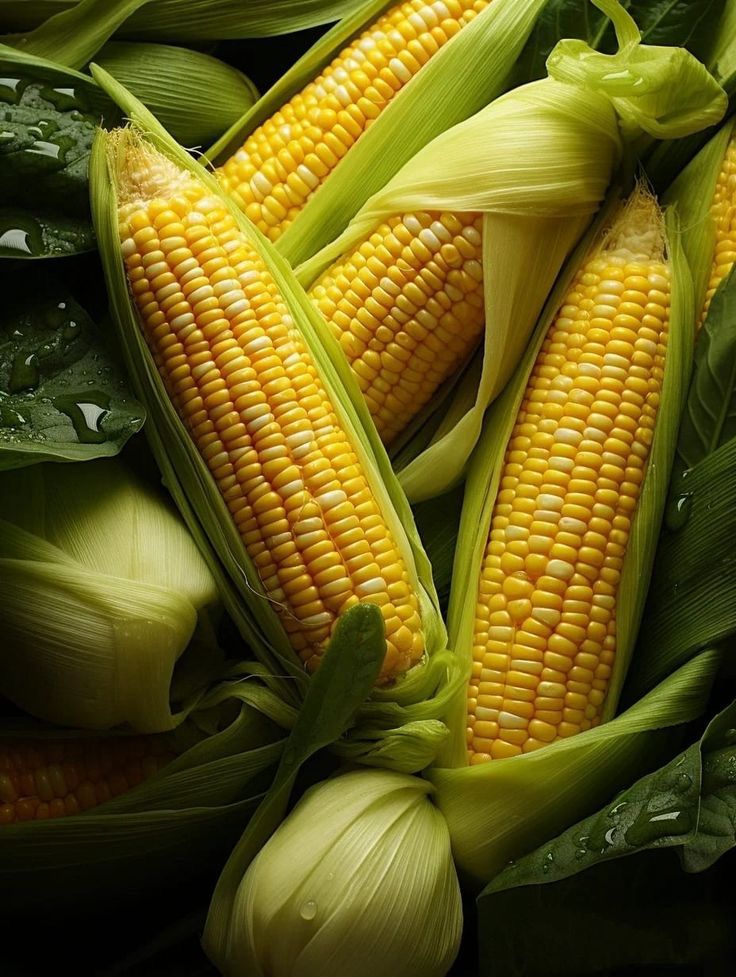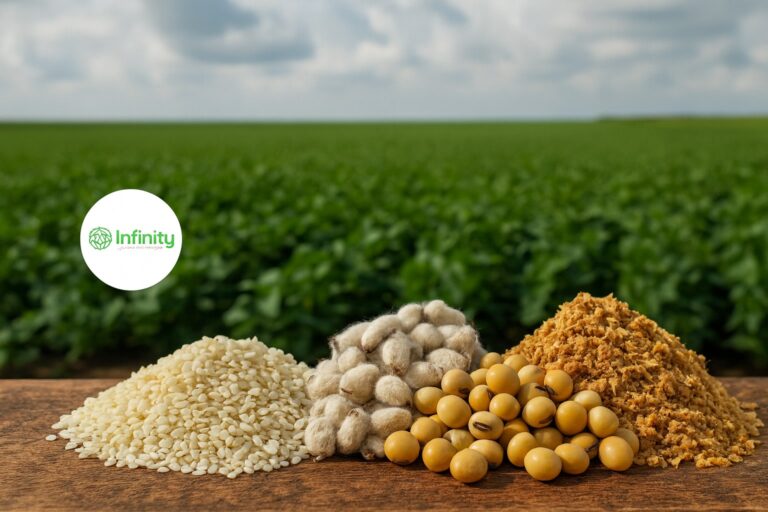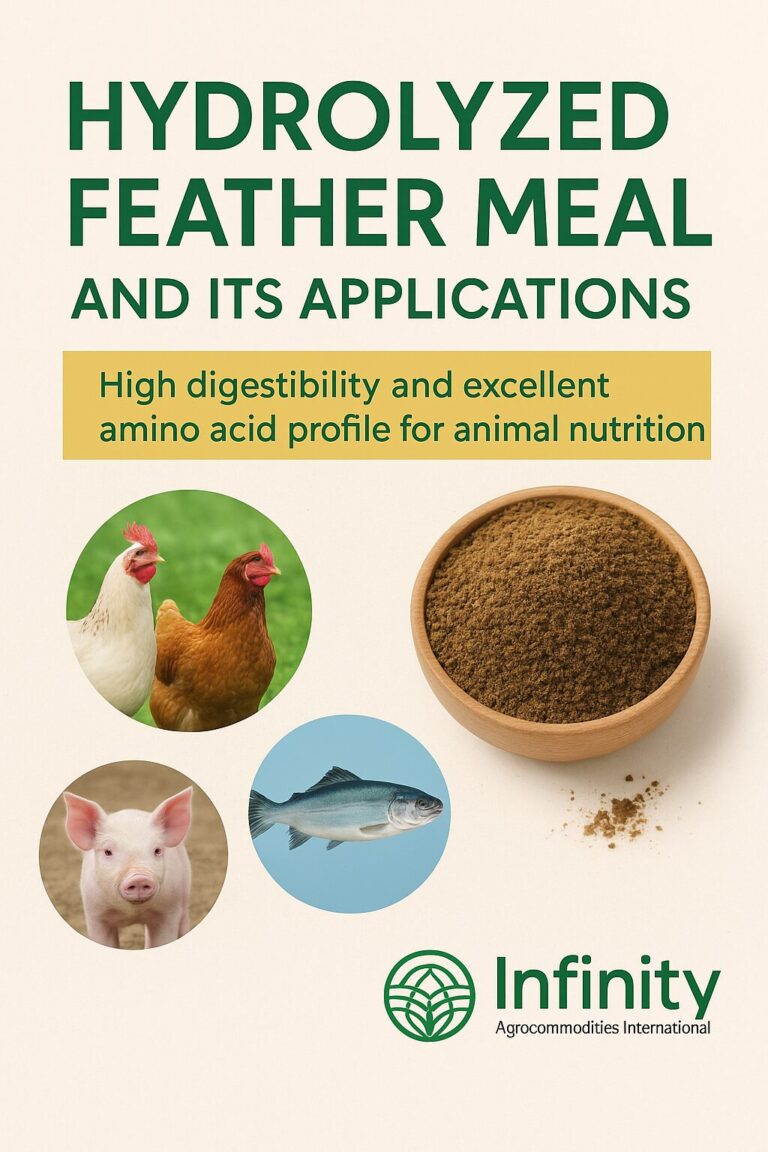Search the internet and you can find any answer you want about phantom yield loss. Here’s the latest thinking on this phenomenon.
At a Glance
- Many farmers believe yields drop the longer corn stands in the field, but it’s tough to prove.
- Most researchers are confident today that kernel respiration is not involved in yield loss.
- Various kinds of loss not accounted for earlier could explain cases of lower yield.
You harvest 40 acres of an 80-acre cornfield in mid-September to take advantage of a premium for early delivery. But since the corn is at 27% moisture, you wait to harvest the second 40 acres until the first week of November. The entire field was planted to one hybrid and treated the same. Will corn yield the same in November as in September?
Sound like a simple question? Perhaps. Yet farmers and researchers have been trying to crack this conundrum for nearly 50 years. Some farmers believe harvesting late will yield less dry corn per acre, but researchers have found it hard to prove this. Only one scientific study over that entire span points to decreased yield due to a loss in dry matter, but others can’t replicate it.
“It gets frustrating because some farmers insist they observe it, but it’s elusive to prove,” says Mark Licht, Extension cropping specialist at Iowa State University. Licht has examined this issue in research trials for a long time, including one of the most recent trials designed to capture phantom yield loss.
Phantom yield loss research
Agronomists at ISU began hearing chatter about this supposed phenomenon by 1976, Licht reports. While they looked at it then, Licht’s deep dive into literature discovered that Pioneer agronomists looked at phantom yield loss in the 1980s, along with Extension staff at the University of Illinois, all with little indication that it was real.
However, prompted to do a study in the early 1990s by farmer reports, Bob Nielsen, then Purdue Extension corn specialist, set up trials and reported a decrease in yield from harvesting the same corn later vs. earlier. In fact, he surmised that delaying harvest cost farmers 0.9% loss in dry matter for every 1% of moisture loss while corn dried in the field.
“So, more people looked at it,” Licht continues. “Neither Roger Elmore at the University of Nebraska nor Peter Thomison at Ohio State University in the early 2000s could duplicate it. Commercial companies have looked at it again, too.”
More recently, Licht was part of a team at ISU that set up its own trial. Their focus was zeroing in on determining if dry matter loss while standing in the field, presumably from continued respiration of living kernels, could explain the reduced yield some farmers continue to report.
“We didn’t see any difference in dry matter,” Licht says. “We believe that if yield loss is occurring, it is not due to a loss in dry matter.”
Suspecting that differences in equipment used to measure grain moisture could be a factor, Licht and his co-workers used different methods and equipment to measure moisture levels in grain. In the end, they couldn’t document differences in testing methods either.
Reasons for late-season yield loss
“We’re not saying that what farmers believe they say isn’t real,” Licht says. “What we’re saying is that it’s not due to loss in dry matter. However, there could be other factors contributing to lower yield at later harvest dates in some situations.”
Lodging in corn left standing and the inability to pick up all ears might seem like the most obvious factor. Indeed, this can have an effect, especially if a late fall storm takes corn over, Licht says. “What is not as obvious is the potential for dropped ears,” he adds. “Sometimes for various reasons, some stalks let go of the ear. So, some ears may be on the ground before the combine arrives.”
While it may be minor, some speculate that pieces of stalk or cob dry down as the corn dries down, and contribute less weight as foreign material at the later harvest date. “There can also be differences in how kernels dry down that could contribute,” Licht says.
“There could also be weight losses due to factors which we don’t know how to or simply can’t measure yet,” Licht adds. Plus, obviously there will be some harvest loss, including shelling at the corn head and lost kernels out the back of the machine. Changes in moisture from early to later in the season could affect these losses.
Limit corn harvest losses
So, no matter how or why it occurs, how do you reduce potential for yield loss due to later harvest? Licht offers these suggestions:
Prepare a harvest schedule. How long will it take to harvest your corn? If you have so many acres that it will take four to six weeks in an average year, start at a higher moisture level compared to someone who can harvest in two to three weeks, Licht explains. Otherwise, those later-to-harvest acres become susceptible to late-season storms and lodging.
Calibrate your yield monitor. “Early and often” is good advice for calibration, Licht says. He recommends recalibrating whenever you change hybrids, and whenever moisture levels change by a point. Early in the season, when corn can dry 0.5 to 1 point on a good drying day, that could mean calibrating every day or even twice per day. “If you really want to know what’s happening on yield, you need to keep monitors calibrated for moisture,” Licht says.
Adjust the combine as conditions change. Keep an eye on shelling at the head as corn dries down, Licht notes. Adjust fan and rotor settings as conditions change. Check behind the combine for loss. Two kernels per square foot equals 1 bushel per acre.
Source: https://www.farmprogress.com/corn/does-corn-yield-really-drop-as-you-harvest-later-





